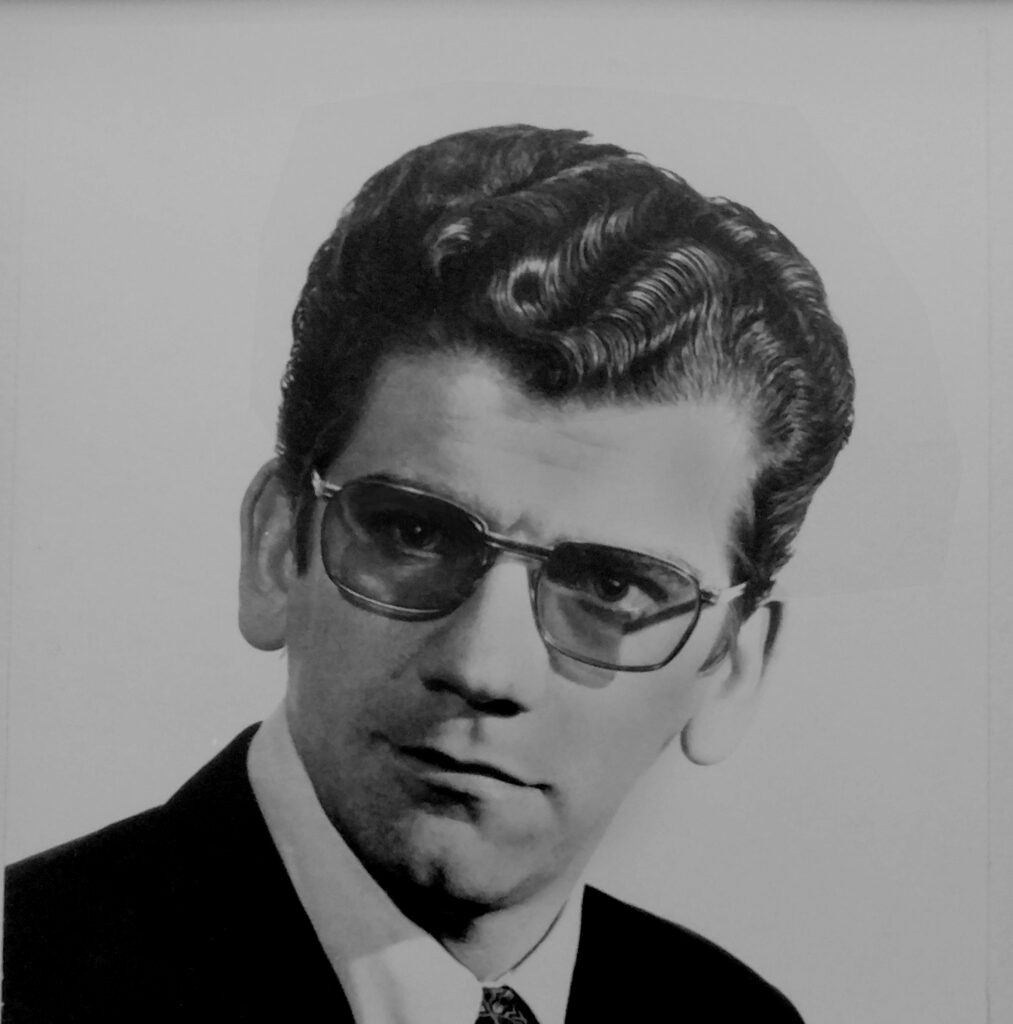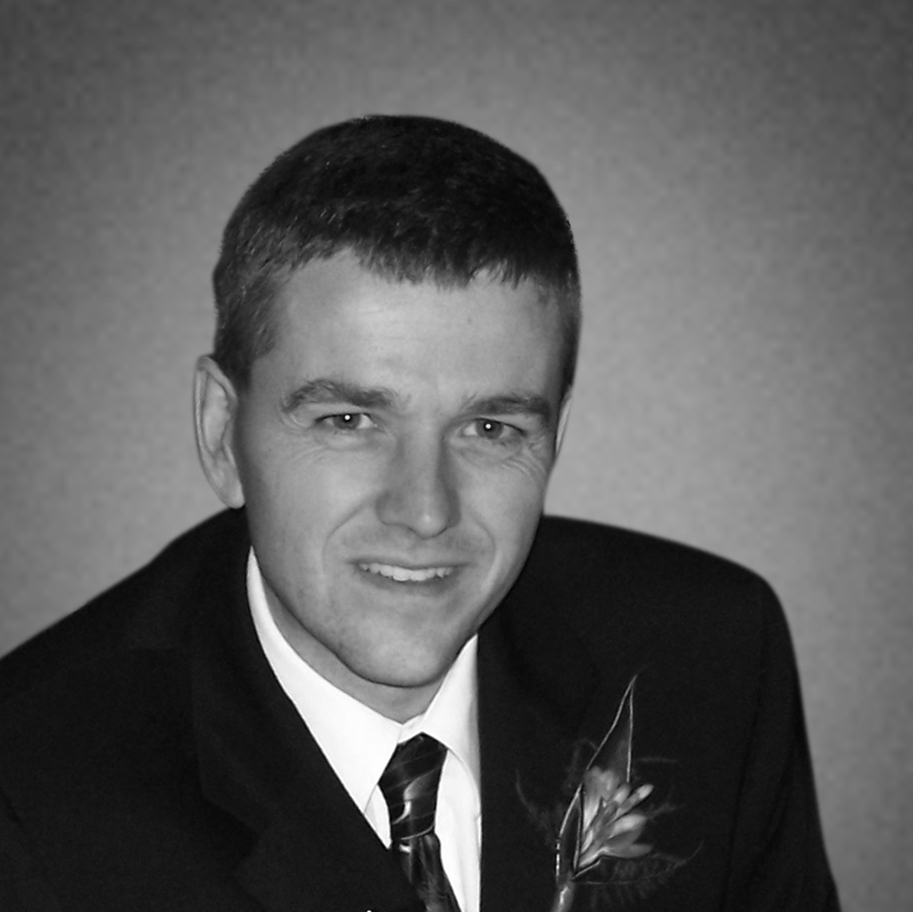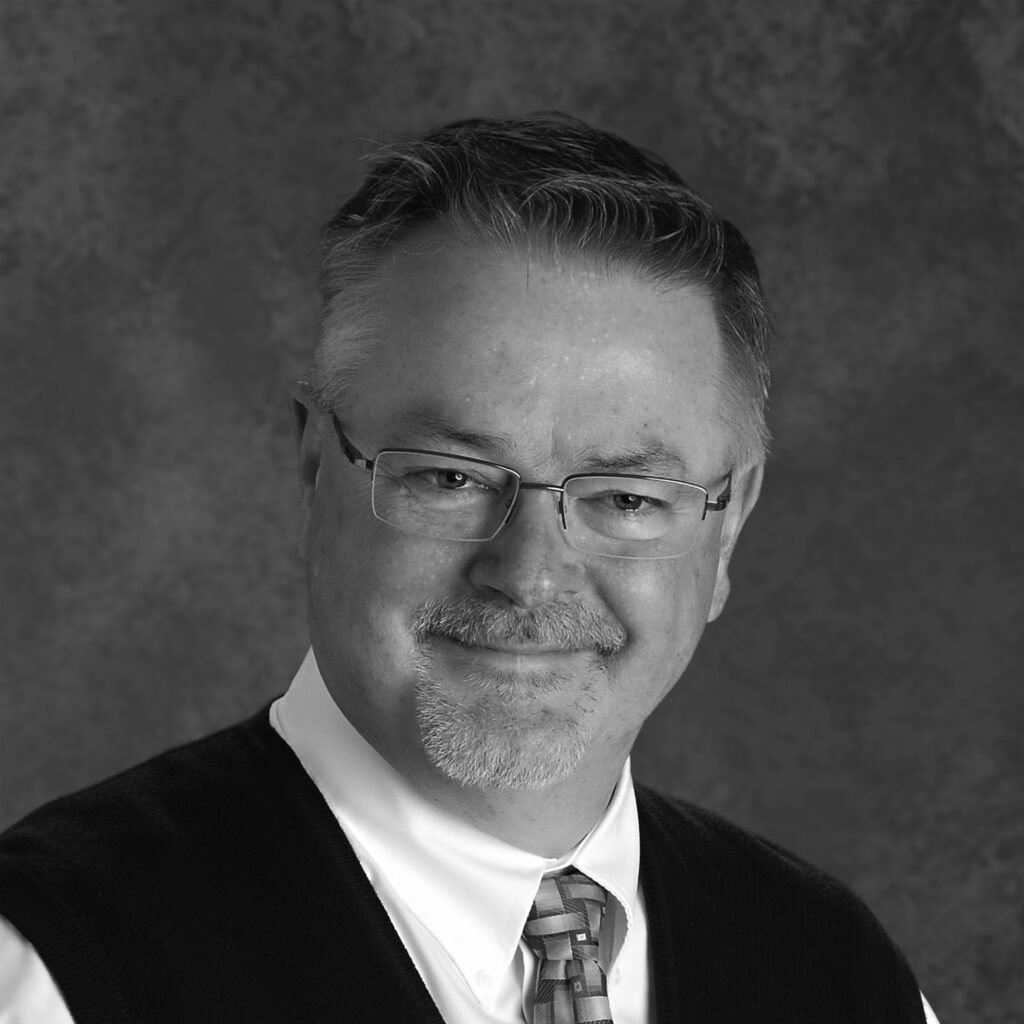About Us

Central to our worship service are the preaching of the Word, congregational singing and prayer. The intent is to praise God; He is the focus of the service. We also learn about our need for our Saviour, the Lord Jesus Christ, whom God sent into this world to die on the cross “that whoever believes in Him shall not perish, but have eternal life.”-John 3:16.
The Worship Service
Worship through Song
One of the ways we express our joy is through congregational singing.
We have 150 psalms and 85 Hymns in our Book of Praise.
Prayer
The minister leads in prayer, addressing the needs of the congregation and asks for a blessing over the worship service.
Holy Baptism
Holy Baptism is administered to infants of believing parents shortly after birth and adults who have converted to Christianity.
Lord’s Supper
Lord’s Supper is limited to members of the congregation who have publicly professed their faith and guests who have been admitted by the consistory.
The Ten Commandments
The Ten Commandments are read every Sunday to show us our sins and misery, our need for a Saviour and the life of thankfulness we are called to lead.
Proclamation of the Word
The central part of the worship service is the proclamation of the word, also known as the sermon. The morning sermon is based on a specific Bible passage, while the afternoon is a teaching sermon that generally follows the Heidelberg Catechism. The theme, supporting Bible texts and order of worship are provided to you in a handout before you enter the service.
Thank Offerings
The worship service also includes a collection for the needy of the congregation or a designated charity. No money from these collections goes to administration: 100% go to allotted causes. (Click here for some examples of the organizations we support)
Our Beliefs
The Holy Scriptures
Our churches believe that the Holy Scripture or the Holy Bible is the Word of God. This Word has no equal because it is:
- inspired by God the Holy Spirit who caused many different men to write it over a considerable period of time.
- infallible in that it is a completely reliable and trustworthy book which should not and need not be doubted;
- inerrant, meaning that whatever is revealed in it is without error, contradiction or misrepresentation;
- sufficient because it fully contains the will of God and reveals all that we need to believe in order to be saved.
This Word represents the final rule of faith and life in our churches. We receive it for regulation, foundation and confirmation of our faith. It serves as the basis for all authority in our churches.
The Creeds and Confessions
The main teachings of the Bible have been summarized in documents called creeds or confessions. Of the many creeds that have appeared throughout the history of the Christian church, we have chosen to adopt three creeds and three confessions as our own. The creeds come to us from the early church, namely the Apostles’ Creed, the Nicene Creed and the Athanasian Creed. The confessions have come to us from the Reformation of the sixteenth century, namely, the Belgic Confession, the Heidelberg Catechism and the Canons of Dort. We consider these creeds to be faithful summaries of the Word of God. As human documents, however, they possess human authority. Only the Word of God possesses divine authority. The contents of our creeds and confessions are always subject to and to be tested by the standard of the Word of God.
Leadership
There are three offices in the church that make up the church council. Men are elected by the congregation to fulfill the offices of Elder and Deacon. The Minister is trained in a Reformed Theological College and is called by the congregation to serve.
The Minister
The Minister preaches the word and administers the Lord’s Supper and Holy Baptism during the worship service. He is also responsible for teaching the youth and visiting the elderly or others who are in need.
Elders
Elders ensure the preaching of the gospel is pure and the sacraments are administered properly. They are responsible for promoting the spiritual well-being of the members and have been given authority over the congregation. The Minister and the Elders make up the consistory of the congregation.
Deacons
Deacons look after those who are sick, lonely or have financial needs. They collect funds from the congregation and distribute them to needy members and other kingdom causes. They encourage communion of saints through volunteerism and charity. The deacons also oversee the work of the Helping Hands committee.
The Government of the Church
We believe that not only the faith of the church, but also the government of the church must be regulated by Holy Scripture. As such we believe that the Bible teaches the following principles: the autonomy of the local church; the cooperation and commitment of local churches when it comes to certain common causes and needs; the recognition of the biblical offices of minister, elder, and deacon; the government of the local church has been given to the pastor and the elders; the need for church discipline.
In order to implement these principles in a practical way, we have adopted what is called a Church Order (Constitution). It contains 76 Articles which are divided into four sections dealing with: the offices in the church, the assemblies of the church (consistory, classis, regional synod, general synod), the liturgy of the church (worship services, sacraments, ceremonies), and the discipline of the church.
Canadian Reformed Theological Seminary
Since 1969 the Canadian Reformed Theological Seminary has been earnestly devoted to the great privilege and responsibility of training future ministers of the gospel of salvation in Jesus Christ, as well as those who serve the Lord in other ways.
Everything done at CRTS is in submission to the inspired Word of God. “Your Word is My Light” is their motto and they take that seriously. Understanding this Word. Communicating this Word. Radiating this Word. They strive to fulfill these goals with academic excellence and pastoral insight, ultimately seeking the glory of the gracious Triune God in all things. Discover CRTS
Church History
Local History
The first Canadian Reformed Church instituted in Canada was in Coaldale, Alberta on April 12, 1950. We are part of the Canadian and American Reformed Church Federation, which includes approximately 50 churches across North America. We also have fellowship with a number of other Reformed Churches around the world.
Coaldale’s history of pastors include the following.

Rev. G.Ph. Pieffers
Sep 1952 - Mar 1966

Rev. J. Mulder
Mar 1966 - Sep 1969

Rev. M. van Beveren
Mar 1969 - Sep 1972

Rev. J. Visscher
Oct 1972 - Jan 1978

Rev. J.D. Wielenga
Nov 1978 - Jan 1996

Rev. J.L. van Popta
Aug 1998 - Nov 2003

Rev. D. Poppe
Jul 2005 - Dec 2013

Rev. J. Huijgn
Jul 2016 - May 5, 2024
Past History
The Reformed Church Federation
Our church federation originated in the Netherlands in 1944. Our roots lie in the great Reformation of the 1500’s when God called his church to return to the fundamentals of the Christian faith. God led men like Martin Luther, John Calvin, Ulrich Zwingli, and John Knox to reaffirm the truths of the Bible. As congregation, we profess these truths and believe it is our duty to proclaim the Gospel of Jesus Christ and live in thankfulness to God.
To understand any church, it is necessary to know something of its history. A brief review of its history will give a sense of how it stands in relationship to the multitude of Christian churches found on the Canadian and North American scene. Like nearly every other Christian church in North America, this requires going back to the Europe of the sixteenth century and the developments that took place which radically changed the face of Christianity.
The Reformed Church Federation
At the start of the sixteenth century, Christianity in Western Europe did not have the diversity of denominations so common today. The Church was organizationally unified under the leadership of the Church of Rome. Over many centuries, the Christian Church drifted away from its Scriptural roots.
The key figure who protested against the deformation in doctrine and church life and called it to reformation was a German monk by the name of Martin Luther. At the heart of his call to reformation was the teaching that salvation from sin is out of God’s grace, by faith, apart from human works. His call was rejected by the church leadership and he was excommunicated in 1521.
While Luther’s main teaching was welcomed by many, the Protestant Reformation developed into three main branches. In Luther’s native Germany, as well as Denmark and the Scandinavian countries, there was the development of the Lutheran churches. In England, beginning in the 1530s, there developed the Anglican churches. In the 1540s, through the leadership of John Calvin in Geneva, there developed the Reformed churches in Switzerland, an area in Germany called the Palatinate, the Netherlands and Scotland.
The Netherlands
The Canadian Reformed Churches are rooted in this third branch of the Protestant Reformation as it developed in the Netherlands from the 1550s and onward. The cause of the Reformation made great inroads and led to the establishment of a vigorous Reformed church life. The key confessional documents of these Reformed Churches were the Belgic Confession, first published in 1561, and the Heidelberg Catechism, first published in 1563.
It did not take long before these churches faced threats from within that touched the very heart of the Reformation emphasis on being saved out of grace. At the center of the controversy was Jacob Arminius who in his teaching subtly undermined the sovereignty of God in saving sinners. He ascribed to fallen man the power to accept or reject God’s grace. At a synod held in the town of Dort, beginning in the fall 1618 and attended also by delegates from England, Scotland, Germany and Switzerland, the teachings of Arminius were refuted and the sovereignty of God’s grace was maintained. The decision of this Synod became the third confessional document of the Reformed churches in the Netherlands. These decisions are called the Canons of Dort. These Canons of Dort, together with the Belgic Confession and the Heidelberg Catechism, became known as the Three Forms of Unity in that these documents in that they expressed the common faith of the Reformed believers in the Netherlands.
While the Reformed churches enjoyed peace and had the benefit of being supported by the State during the seventeenth and eighteenth century, religious vitality gave way to nominal Christianity. The nineteenth century witnessed two groups who separated themselves from the State supported church, the first in 1834 and the second in 1886. While both these separations involved matters of church government as local churches reclaimed their autonomy, at the heart of both these reformations was a return to the gospel as rediscovered in the Reformation and expressed in the Three Forms of Unity.
In 1892, the majority of the churches of these two reformations merged and became the Reformed churches in the Netherlands.
Regrettably, new troubles arose within these united churches. The key issue concerned teachings regarding covenant and baptism. A Synod held in 1942 imposed one particular explanation on all its members. When a number of ministers were deposed and excommunicated a separation occurred involving about ten percent of the membership. Since those who separated themselves indicated they liberated themselves from teachings beyond the Scriptures as agreed upon in the Three Forms of Unity, they became known as the Reformed Churches in the Netherlands (Liberated). The separation that occurred in 1944 is called ‘The Liberation’.
North America
After the Second World War there was a massive immigration from the Netherlands to North America, especially to Canada. When members of the Reformed Churches in the Netherlands arrived in Canada, they first took up contact with already existing churches of Reformed persuasion in the hope that they could join with them. That hope soon disappeared when it became clear that one of those churches, the Protestant Reformed Church, expected the newly arrived immigrants to accept a document called “The Declaration of Principles” which essentially equated election and covenant. They refused to do this as they did not wish to be bound by theological formulations beyond the Three Forms of Unity.
The other Reformed church under consideration was the Christian Reformed Church. Joining it also proved impossible when it became clear that this church sided with those in the Netherlands who had earlier expelled the newly arrived immigrants.
The consequence of all this was that immigrants organized their own congregations. The first congregation was instituted on April 16, 1950, in Lethbridge, Alberta. That same year also saw churches instituted in Edmonton and Neerlandia, AB, Orangeville, ON, and New Westminster, BC. Over the years, this has grown to a federation of 54 churches. Twenty seven are located in Southern Ontario, four in Manitoba, eight in Alberta, eleven in British Columbia, along with four American Reformed Congregations with one each in Pennsylvania, Michigan, Colorado, and Washington.
The Canadian Reformed Churches are therefore rooted in the Protestant Reformation especially as it developed in the Reformed Churches in the Netherlands and came to Canada via post Second World War Dutch immigrants.
